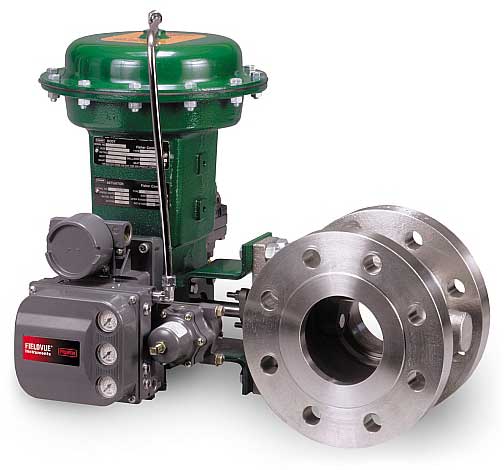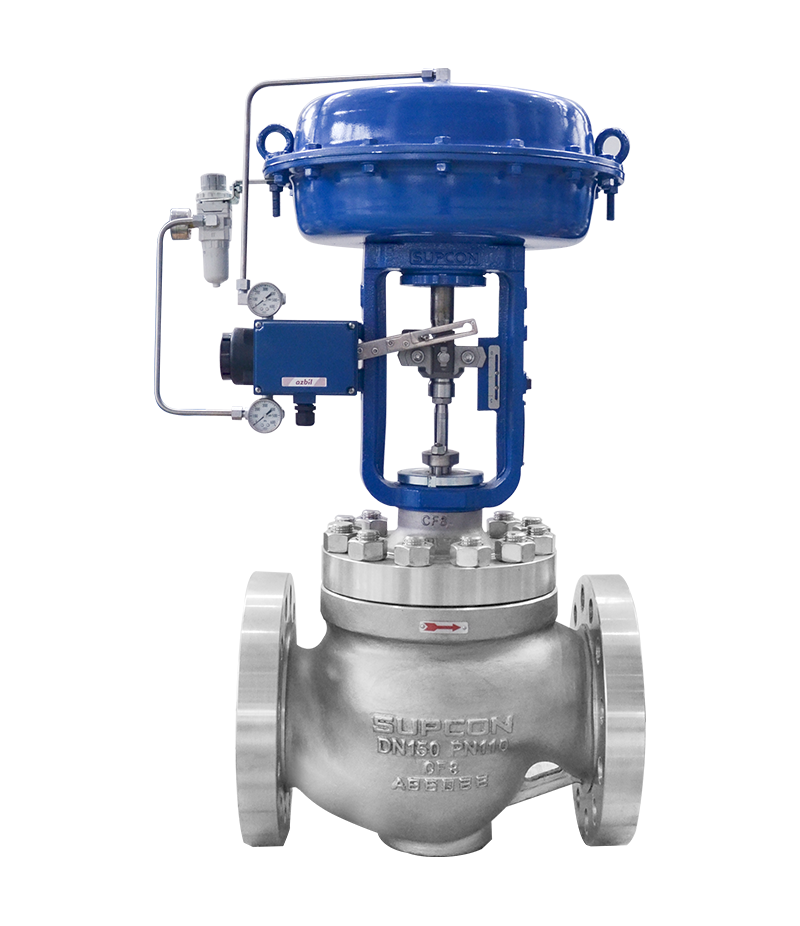Enhancing Operational Efficiency with Advanced Control Valves
Enhancing Operational Efficiency with Advanced Control Valves
Blog Article

Maximize Power Cost Savings and Comfort With Advanced Building Automation Controls
In the world of contemporary style and facility monitoring, the integration of innovative building automation manages stands as a pivotal advancement. By utilizing the power of automation, structures can adjust, respond, and develop in means that were once unthinkable.
Power Efficiency Perks
Power efficiency benefits can substantially minimize power consumption and functional costs in structures. By carrying out energy-efficient practices and technologies, structure proprietors and drivers can attain considerable cost savings while also contributing to environmental sustainability. One of the main benefits of boosting power effectiveness in buildings is the decrease of utility bills. Energy-efficient systems, such as sophisticated building automation controls, can optimize the use of resources like air conditioning, home heating, and lights, leading to lower energy expenses over time.
In addition, boosted power performance can prolong the life expectancy of structure equipment and systems. By operating more efficiently, a/c systems, light, and various other building elements experience less wear and tear, resulting in reduced upkeep and replacement prices. In addition, energy-efficient structures often regulate greater building values and rental prices, providing lasting financial benefits to proprietors.
Moreover, power effectiveness can boost resident convenience and productivity. Appropriately managed indoor settings with optimal lights and thermal problems produce a more conducive and positive work area, resulting in improved employee satisfaction and performance. In general, the energy efficiency benefits connected with sophisticated structure automation controls are diverse, including cost savings, environmental stewardship, and passenger health.
Enhanced Convenience Control
Enhancing comfort control in building settings calls for an innovative combination of sophisticated automation systems for optimal occupant well-being. By making use of sophisticated structure automation controls, facilities can tailor the indoor atmosphere to satisfy the certain needs and preferences of passengers. control valves.
By integrating these innovative controls, structures can not just boost convenience but also enhance energy efficiency by enhancing system procedures based on real tenancy and use patterns. Inevitably, prioritizing resident convenience through sophisticated automation systems leads to an extra satisfying and healthier interior atmosphere.
Functional Efficiency Improvements

Furthermore, the application of real-time monitoring and analytics tools makes it possible for structure drivers to recognize energy inadequacies and operational anomalies without delay. By continuously monitoring power usage patterns and system efficiency metrics, changes can be made in real-time to maximize power consumption and make sure peak functional performance. control valves. Additionally, integrating need feedback strategies right into structure automation controls can further improve functional efficiency by dynamically readjusting energy use based on grid conditions and rates signals
Indoor Climate Optimization
Efficient indoor environment optimization is an essential element of building automation controls, guaranteeing residents' comfort and health while optimizing power cost savings. you could try this out By utilizing innovative sensors and controls, building automation systems can constantly keep track of and adjust temperature level, humidity degrees, air quality, and ventilation to develop an optimal interior setting. Maintaining comfortable and consistent problems not only enhances occupant fulfillment however additionally boosts productivity and general health.
Indoor environment optimization additionally plays a vital duty in power efficiency. By fine-tuning cooling, ventilation, and heating systems based on real-time information and occupancy patterns, building automation controls can significantly minimize energy consumption - control valves. Implementing strategies such as demand-controlled air flow and thermal zoning can aid lessen power waste while guaranteeing that each area of the structure receives the necessary conditioning.

Lasting Environment Development
Structure automation manages not just enhance interior environment conditions for energy effectiveness and occupant convenience but additionally lay the structure for producing a sustainable environment via strategic management of sources and systems. By incorporating sophisticated structure try this out automation innovations, such as sensors, actuators, and intelligent software program, centers can readjust and keep track of power use in real-time to reduce waste and decrease their carbon footprint. These systems make it possible for predictive maintenance, identifying possible problems before they rise and enhancing equipment performance to boost durability and performance.
Additionally, sustainable setting development prolongs beyond power monitoring to incorporate water conservation, waste reduction, and interior air top quality renovation. Building automation controls can regulate water usage, find leakages, and make sure correct waste disposal methods, adding to general sustainability efforts. Furthermore, by keeping track of and managing ventilation and filtration systems, these innovations improve owner wellness and performance moved here while decreasing energy intake connected with a/c procedures.
Final Thought
Finally, advanced building automation regulates offer considerable advantages in terms of energy cost savings, comfort control, functional performance, indoor environment optimization, and creating a sustainable setting. By carrying out these controls, structures can accomplish optimum performance while reducing power usage and improving owner convenience. It appears that the use of sophisticated automation technology is essential in boosting building efficiency and creating an extra sustainable future.
Energy effectiveness benefits can significantly lower energy consumption and functional expenses in structures. Overall, the energy efficiency benefits linked with innovative building automation controls are diverse, encompassing cost savings, environmental stewardship, and resident well-being.
Furthermore, incorporating need feedback approaches into structure automation controls can even more enhance operational effectiveness by dynamically readjusting power use based on grid conditions and prices signals.
Building automation controls not only enhance interior climate problems for energy effectiveness and owner convenience yet also lay the structure for creating a lasting atmosphere through strategic monitoring of systems and resources.In verdict, advanced building automation regulates offer significant benefits in terms of power financial savings, convenience control, operational effectiveness, indoor climate optimization, and creating a sustainable setting.
Report this page